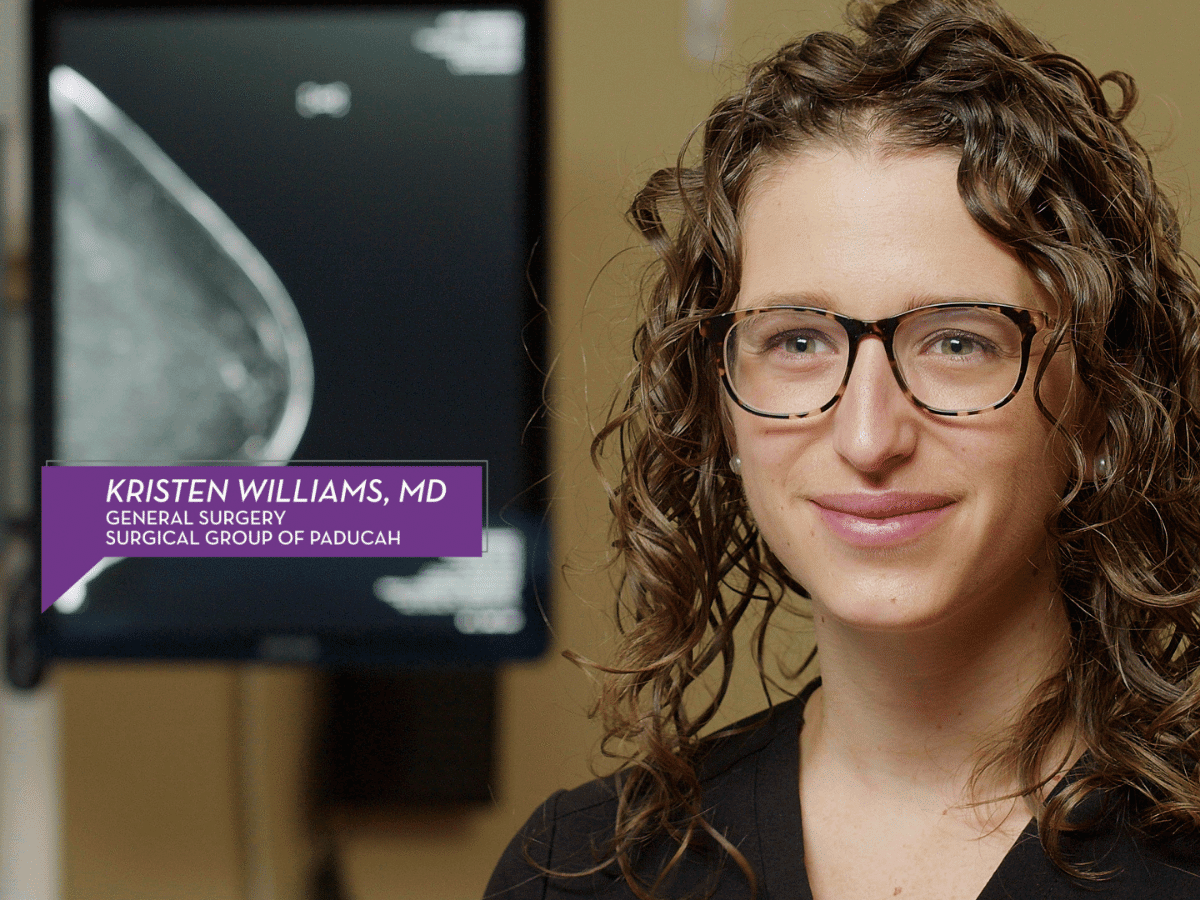Treating Pituitary Tumors
Baptist Health Paducah: Treating Pituitary Tumors
Surgeons Thomas Gruber, MD, and John Ballert, MD, describe the function of the pituitary gland and explain how less-invasive surgery is used to treat tumors.
Treating Pituitary Tumors Health Talks Transcript
Thomas J. Gruber, MD, Neurosurgery
The pituitary gland is a small pea-sized gland that sits at the base of your brain and helps to control hormone production throughout your body. The pituitary gland tumors develop in a variety of different people. They are almost always noncancerous. When they do cause problems, they will disrupt the normal hormone balance in peoples’ bodies and then, if they get even larger, the biggest problem is they can cause blindness. The way these tumors are treated now is very minimally invasive, using an endoscope. The procedure is done by Dr. Ballert and myself. An ear, nose and throat specialist, Dr. Ballert is proficient with the use of the endoscope and operating in and around the nasal cavities.
John A. Ballert, MD, Head and Neck Surgery
The endoscopic approach to the tumor has certain advantages over a direct visualization approach. One is that there is no external incision, there’s no approach through the nasal septum, so there is decreased risks of scarring and nasal congestion following surgery. It also allows better visualization around the tumor, because once you get into that sinus and into the cavity where the tumor is, it helps us to look around curves and bends in order to get the tumor fully removed.
Dr. Gruber
Pituitary surgery hasn’t been done in western Kentucky in over 10 years, so we are excited to bring this technology, this capability, to the region so that fewer of our patients have to leave the area.



